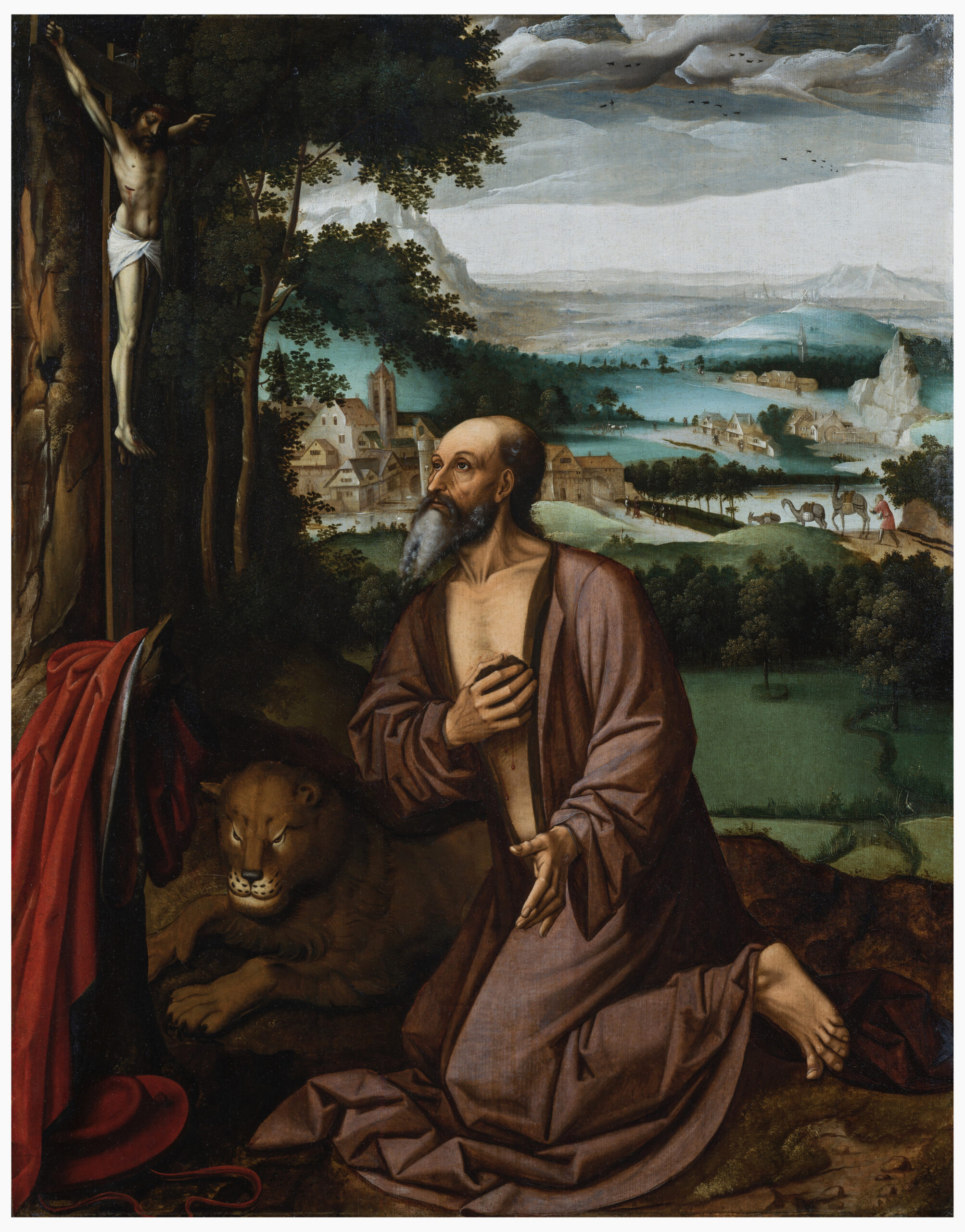
Ambrosius Benson
Biography
ContextAmbrogio Benzone - his real name - was originally from Lombardy, according to an entry in the Bruges painters' guild. He settled in this city in his early 20s and worked in Gerard David's workshop, not as an apprentice but as a collaborator. In 1519, he was made a free master of the Bruges painters' guild, where he was highly regarded. This led him to hold a number of important positions until his death in 1550. In particular, he was appointed dean from 1537-1538 and from 1543-1544.
Two monogrammed works serve as a source for many other identifications; these are the Triptych of St. Anthony of Padua (Brussels, Royal Museums) and a Holy Family (New York, private collection). While it is clear that he followed in the tradition of Gerard David and Isenbrandt in Bruges, he retained a taste for robust, more monumental and sculptural forms from his training at the Lombard school, shaped by the use of dark colours reminiscent of Italian sfumato. The large workshop he managed exported many religious works to Spain, where he probably remained active between 1532 and 1537.
He was an innovator in a number of fields and a remarkable portraitist. Alongside Jan van Scorel, he was the painter who contributed the most to liberating portraiture from its codes during the first half of the 16th century, such as the depiction of the patron at prayer, while continuing to adhere to the greatest tradition of the 15th-centuryFlemish Primitives.


